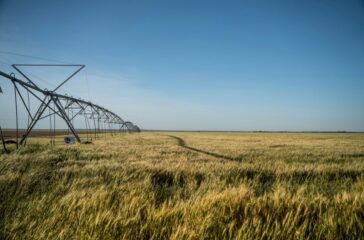New report questions USDA support for certain climate “smart” practices
A new analysis of US Department of Agriculture (USDA) funding for “climate-smart” conservation practices argues that several are unlikely to actually have climate benefits and one may even increase harmful emissions, though government officials say the analysis is deeply flawed and based on “incorrect assumptions.”
 EWG
EWG